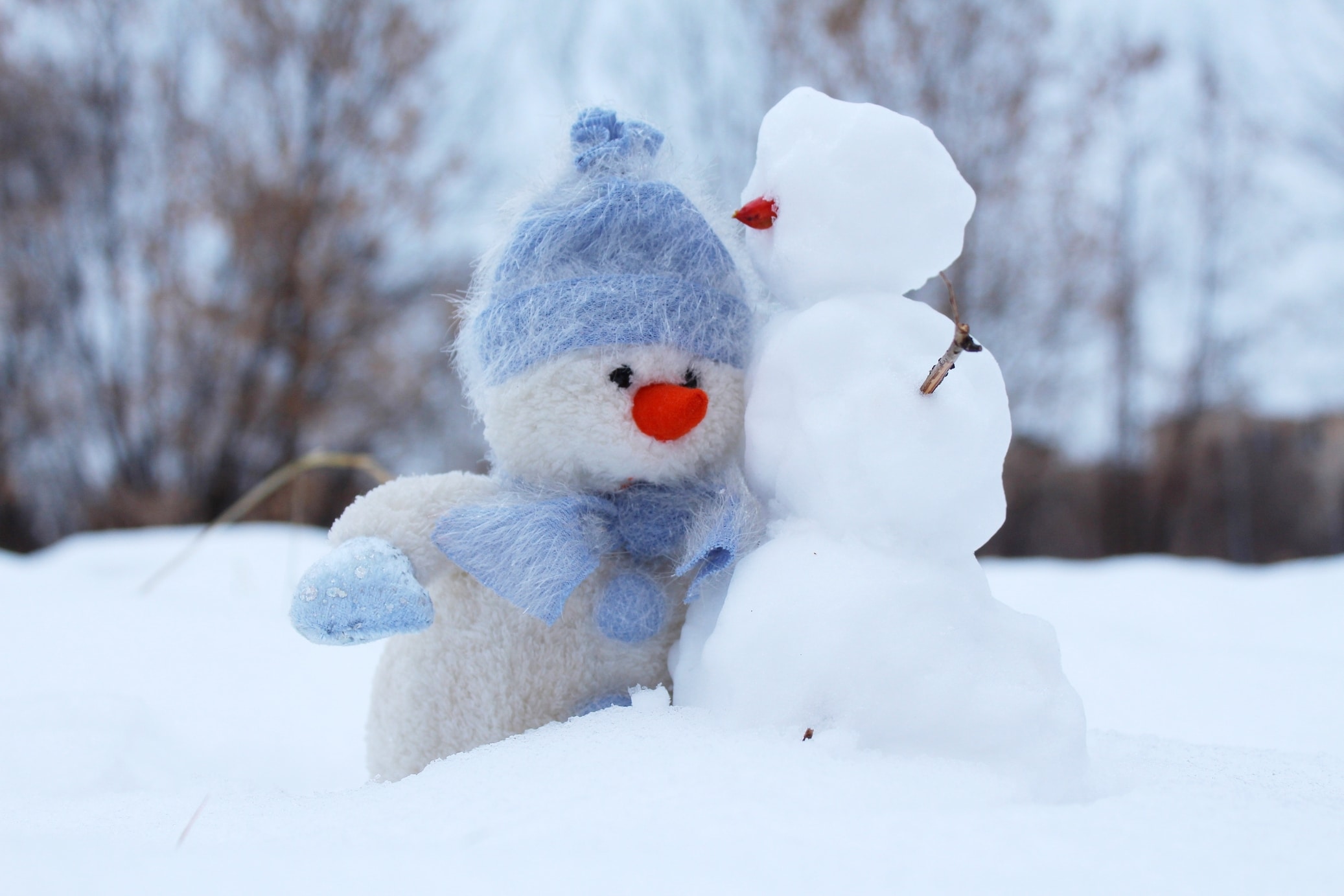As far back as I remember, Christmas time always evoked mixed feelings. Being Jewish, my family celebrated Hanukkah, which sometimes coincided with Christmas and other times did not.
My school hosted a number of Christmas related events and I envied the many families who celebrated what I believed to be a glamorous and universal holiday. Hence the mixed feelings. It all looked so great but I just wasn’t a part of it. ANY OF IT.
Whichever holiday they are celebrating, toys and games are important to children. But… do you remember all the gifts you received over the holidays? Me neither.
As adults we hardly remember the toys we so desperately wanted or received as gifts. What we remember most are the memories created from hanging out and laughing with family.
This year don’t lose sight of those things that build lasting memories. Choose to do less. Spend more time together playing and sharing stories. Invite your children to join you baking and decorating. Create new family traditions your children can look forward to year after year.
Involving children in activities promotes language and social development. These are the interactions that will provide the basis for future reminiscence and story-telling.
For those of you still working on your gift list, I recommend you lean towards items that will provide your child with opportunities to use their language skills and learn through discovery.
Consider age appropriate novels, magazine subscriptions and cookbooks to promote a love for reading. Consider toys that encourage turn-taking, guessing and word-finding to promote language development.
Here are some SLP endorsed gift options for all ages. Each item supports literacy, pretend play, guessing, turn-taking or vocabulary expansion.
1 – 3 years
Dot Magazine
An illustrated ad-free magazine for preschoolers. It is full of fun stories and activities. Use it to build pre-literacy skills and teach kids that reading is fun.
Munchkin Fishin’ Bath Toy
The magnetic rod makes it easy to catch sea creatures. Use it to introduce “who” questions “Who did you catch?” and “where” questions “Where is the fish?” Use this toy to promote pretend play.
Fisher-Price Little People Caring for Animals Farm
Every kid should have a farm!! This toy encourages pretend play and conversations between the farmer and the animals. Animals are perfect prompts for teaching toddlers how to make different sounds and appreciate the connection between sounds and their meanings.
I Spy Eagle Eye Game
Young kids love searching for images. This helps develop vocabulary, particularly concepts to describe where they found each picture.
3 – 6 years
The Gruffalo
One of my all-time favourite children’s books. If The Gruffalo is not on your book shelf, order it now. One of the best books to help your child understand the unwritten text by encouraging them to consider what each character is thinking.
Dot to Dot Count to 25
Help your toddler guess what the image will be. Kids get super excited to eventually see the image for themselves. These dots follow each other in a logical manner.
Hape Dynamo Kid’s Wooden Domino Set
Model concepts (in-front/behind, first/last, close/far, fast-slow) and verbs (build, turn, push, fall, watch, repeat).
Cate and Levi Puppets
Handcrafted in Canada. Hand puppets stimulate pretend play and turn-taking. Puppets also encourage interaction, through scripts, which is the breeding ground for language development.
6 – 9 years
Wee Hee Hee
Who doesn’t love to giggle? These illustrated jokes strengthen metalanguage skills by using “wordplay”, a humorous use of words with more than one meaning.
National Geographic – 5,000 Awesome Facts About Everything
Kids can’t resist this book with fascinating fun facts. If you want to inspire your child to read more, just leave this bad boy lying around the house.
Scattergories
This game is so much fun and requires that kids search their own vocabulary to create lists of words within various categories. Guaranteed to keep you laughing.
Klutz Make Your Own Movie Kit
For the child with lots of Lego! This kit inspires creativity. This is stop-motion animation made easy. Among other skills, children explore their language abilities as they learn how to write scripts.
Maybe you don’t have any children on your gift list, but you’re looking for a way to give back. One way to connect with the true spirit of the holidays and make a big difference in the lives of children is by supporting The Lower Mainland Christmas Bureau.
They are a non-profit organization with one goal, to ensure every child has a smile on their face Christmas Day. They collect and ship gifts to Community Agencies across metro Vancouver. Simply choose an item and give the gift of play.













